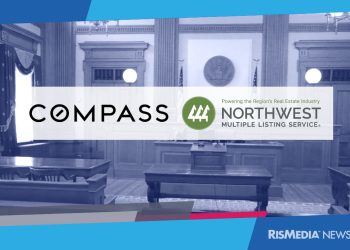The latest reports from the Mortgage Bankers Association (MBA) show the markets are on track for recovery. Applications are up while forbearance rates are down as more homeowners return to work and consumer confidence begins to rebuild. However, with the crisis-prompted financial assistance possibly ending in the weeks to come, practitioners will have to keep an eye on the markets for possible impacts.
Mortgage Applications
According to the MBA’s Weekly Mortgage Applications Survey for the week ending July 17, applications increased 4.1 percent on a seasonally adjusted basis from the previous week. Unadjusted, the Index increased 4 percent from the prior week. The Refinance Index increased 5 percent WoW and is 122 percent higher YoY. The seasonally adjusted Purchase Index increased 2 percent WoW, while unadjusted it increased 2 percent WoW and 19 percent YoY.
“Mortgage applications increased last week despite mixed results from the various rates tracked in MBA’s survey. The average 30-year, fixed-rate mortgage rose slightly to 3.20 percent, but some creditworthy borrowers are being offered rates even below 3 percent. As a result, these low rates drove a 5 percent weekly gain in refinances and a robust 122 percent increase from a year ago,” said Joel Kan, MBA’s associate vice president of Economic and Industry Forecasting. “There continues to be strong homebuyer demand this summer, as home shoppers have returned to the market in many states. Purchase activity increased again last week and was up 19 percent compared to last year—the ninth straight week of year-over-year increases.”
Forbearance Rates
Forbearance rates dropped by 38 basis points as of July 12 to 8.18 percent of servicers’ portfolio volume, according to the MBA’s latest Forbearance and Call Volume Survey. In total, the MBA estimates that 3.9 million homeowners are currently in forbearance plans.
The share of Fannie Mae and Freddie Mac loans in forbearance dropped for the sixth consecutive week to 5.64 percent—a 43-basis point improvement. Ginnie Mae loans in forbearance dropped 30 basis points to 10.26 percent, while private-label securities and portfolio loans decreased by 52 basis points to 10.41 percent.
“The share of loans in forbearance dropped to its lowest level in over two months, driven by an increase in the pace of exits as more homeowners have been able to get back to work,” said Mike Fratantoni, MBA’s senior vice president and chief economist. “The decline in the forbearance share was broad based, with decreases for GSE, Ginnie Mae and portfolio/PLS loans.”
Added Fratantoni, “Almost half of borrowers remaining in forbearance are now in an extension of the original term, while the remainder are in their initial forbearance plan. The pace of new forbearance requests remains quite low compared to earlier in the crisis, but we are watching carefully for any increases due to either the pick-up in COVID-19 cases or the cessation of enhanced unemployment insurance benefits at the end of this month.”
Source: Mortgage Bankers Association











